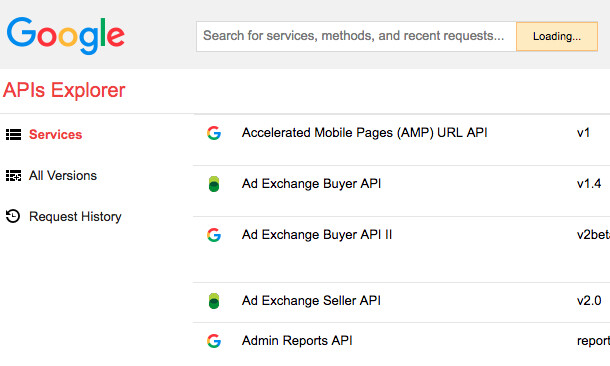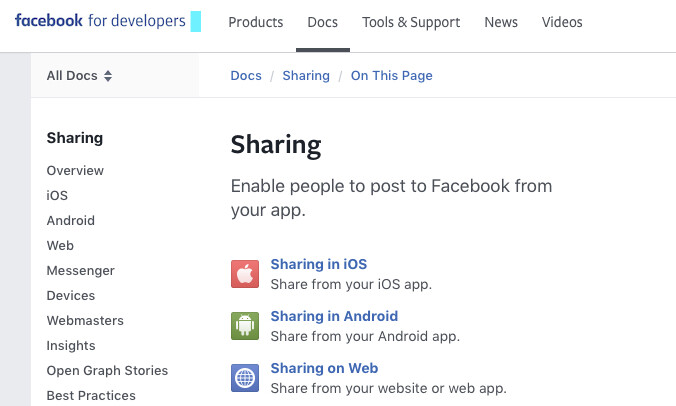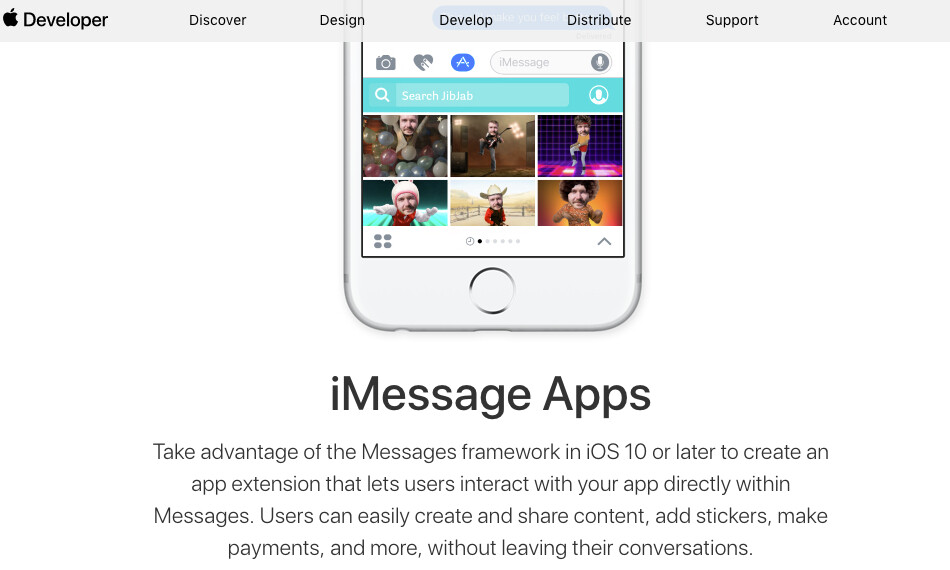Scott Galloway, professor of marketing at NYU Stern and founder of the L2 consultancy has just published his book The Four. He talks about the “four horsemen” of the digital age: Amazon, Apple, Facebook, and Google. In his typical provocative and direct way (you don’t get to read the f-word in business literature so often these days) he discusses in depth what has made these four companies so successful, how they pervade our everyday lives and whether there could be more companies like them.
Galloway, who has recently sold his business to Gartner, mainly argues along the lines of which he calls the body framework. Google with is wealth of information speaks to the brain; Amazon links the brain to the “acquisitive fingers” and satisfies the hunter-gatherer in us (get stuff at reasonable prices with the least amount of hassle); Facebook with is social connections appeals to the heart; the luxury electronics of Apple are linked to the genitals as the “brand appeals to our need for sex appeal”. As insightful and entertaining (and polarizing) Galloway is (if you don’t know this already, take a look at this presentation), I was wondering if “The Four’s” success is also rooted in the technology they are using.

Amazon
In a now very famous memo which was written around 2002, Amazon’s CEO Jeff Bezos required his staff to follow a set of rules regarding the way in which they should work together and use technology.
All teams will henceforth expose their data and functionality through service interfaces.
Teams must communicate with each other through these interfaces.
There will be no other form of interprocess communication allowed: no direct linking, no direct reads of another team’s data store, no shared-memory model, no back-doors whatsoever. The only communication allowed is via service interface calls over the network.
It doesn’t matter what technology they use. HTTP, Corba, Pubsub, custom protocols — doesn’t matter. Bezos doesn’t care.
All service interfaces, without exception, must be designed from the ground up to be externalizable. That is to say, the team must plan and design to be able to expose the interface to developers in the outside world. No exceptions.
Anyone who doesn’t do this will be fired.
Put more simply: Produce and use APIs or get yourself another job. Arguably, this move was one of the most important steps on Amazon’s path to retail disruption. Being able to build programming interfaces that allowed for a quick, and standardized exchange of information let Amazon’s engineers work on parallel tasks more efficiently and helped scale the whole infrastructure. And, maybe even more important: because those APIs are externalized (read: public), the company allows third-party developers to build their own applications on top of them, multiplying Amazon’s reach. No matter if you want to advertise products, build an Alexa skill or handle orders from the Amazon Marketplace – there’s already an API for that. And with its API Gateway, Amazon even helps third-party developers build and run their own APIs.
Similarly, Google relies on externalized APIs to help grow their footprint and become one of the four horsemen. Both regarding their core products – search and advertising – and all the other applications around them, developers can use APIs to build new applications and functionalities on top of the already existing services, such as Analytics, Maps, as well as Youtube. If it wasn’t for those APIs, video editing software could not upload videos directly to Youtube and Uber would have trouble showing a map in their app.

You might have guessed this by now: Also the world’s biggest social network relies heavily on APIs to grow its business. Think about how you’re using Facebook: Chances are that you are using the Facebook app to post images and look at what your friends have been up to during their honeymoon. In the background – between your smartphone and the Facebook servers – data are exchanged through the sharing API. But even outside the native app, this public API is quite important: if you want to post the image of this gorgeous Thai Green Chicken Curry you’re about to enjoy directly from your camera app, this also goes through the API. No API, no sharing.
Facebook has built a large developer community which now creates applications for their Messenger (think chatbots), for Instagram (sharing, again) and even for the Oculus rift (VR applications).

Apple
When compared to the other three horsemen, Apple has a different business model. Instead of marketing software infrastructure, the company sells hardware. Granted, services such as iCloud and iTunes add significantly to the company’s bottom line, but at the end of the day, by far the biggest revenue is generated via hardware: iPhone, iPad, Mac. And to grow revenue, they support third-party developers to produce new apps so that buying an iOS-powered device becomes a really really tempting offer.
Apple provides a wide range of APIs to enable interaction with different functions of your iPhone – camera, contacts, notifications, you name it. Those APIs, however, do not sit somewhere on the Internet, but inside your smartphone’s operating system. The result, however, is the same: Those APIs are entry-doors to the smartphone’s internal processes, allowing developers to build new camera apps without having to learn all the gazillion parameters the camera hardware offers. Think of it as a kind of layer that does the heavy-lifting, leaving the fun-part to the developers.

APIs: Externalizing Innovation
On their way to becoming trillion dollar companies, Apple, Amazon, Facebook, and Google rely on public APIs to drive their business. Instead of building a fence around them, they give developers all the tools necessary to develop their own applications and mashups. As of now, there are about 2.2 million apps in the Apple app store – no company in the world would have the resources to build and maintain that number of products. By making APIs available, the horsemen are externalizing innovation and turn every third-party-developer into a multiplier.
Do you want to know more about APIs in commerce and how to use them successfully? Head over to this site and download our new ebook.